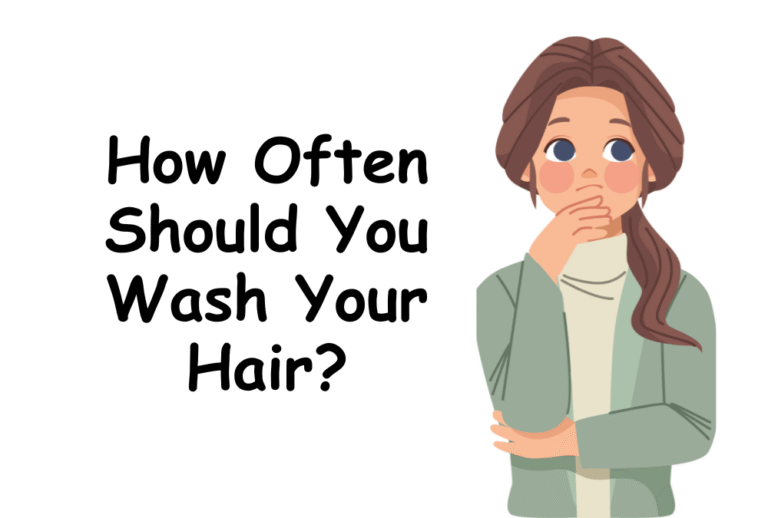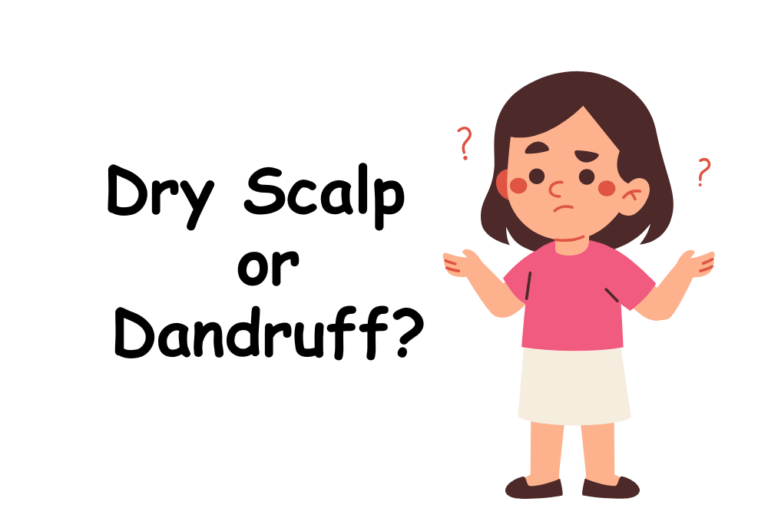What Is the Healthiest Way to Dry Hair
Drying your hair may feel like a simple everyday habit, but it can have a huge impact on its health. The way you dry your strands can decide whether they look soft and shiny or dull and frizzy. Many people don’t think about it, but heat, friction, and even how long your hair stays wet can make a big difference.
This article is a complete guide to the healthiest ways to dry hair. We’ll talk about different methods, compare them, and share tips for every hair type. Whether you use a towel, a blow dryer, or air drying, you’ll find out which choices help your hair stay stronger for years to come.
Let’s break it all down step by step.
Air Drying: The Natural Way
Air drying is the oldest and most natural method. Air drying means letting your hair dry on its own without using a dryer or towel friction. It’s the most natural option and usually the gentlest because no heat is involved. But while it sounds simple, there’s a right and wrong way to do it.
When air drying, it’s important not to leave your hair dripping wet for too long. If your hair stays soaked, the cuticles stay swollen, which can make it weaker and easier to break. A better approach is to gently blot your hair with a soft towel first, then let it dry naturally. This reduces extra moisture without harming the strands.
Air drying is great for people with short or medium-length hair because it doesn’t take forever. For thick or very long hair, it can take hours, which may not always be practical. If you have curly or wavy hair, air drying can actually bring out your natural texture beautifully. Just remember to apply a leave-in conditioner or curl cream to prevent frizz.
Some people like to braid damp hair before letting it dry. This not only speeds things up but also leaves soft waves when you take the braids out.
Benefits of Air Drying
- No heat damage at all
- Saves money on tools and electricity
- Easy and hands-free
Downsides of Air Drying
- Takes longer, especially for thick or long hair
- Hair may feel frizzier if not styled during drying
- Can leave the scalp damp for too long, which sometimes causes itchiness
Best Way to Air Dry Hair
- Gently pat hair with a soft towel to remove extra water
- Comb with a wide-tooth comb to avoid tangles
- Let it dry in a place with good airflow, not a closed damp room
Towel Drying: What Most People Do
Most of us reach for a towel right after washing. But how you use it matters a lot.
Towel drying is the first step most of us do after washing our hair. But the way you use the towel matters a lot more than you think. Many people rub their hair back and forth with a rough cotton towel, which creates friction. This friction lifts the hair cuticle, leading to frizz, split ends, and breakage over time.
Read More: Ponytail Hairstyles, Hairstyles For Toddlers
The healthier way is to pat and blot instead of rubbing. Think of it as pressing the towel gently against your strands to absorb water instead of dragging it across the surface. For even better results, switch your regular bath towel for a microfiber towel or even an old cotton T-shirt. These fabrics are smoother and absorb water quickly without roughing up the cuticles.
Another mistake people make is wrapping their hair too tightly in a towel turban. While it may look cute and practical, it puts stress on the roots and can cause breakage near the hairline. Instead, wrap it loosely or simply drape the towel over your shoulders while your hair dries naturally.
The Wrong Way
- Rubbing hair with a rough cotton towel
- Twisting or squeezing too hard
These actions can weaken the strands and cause split ends.
The Right Way
- Use a microfiber towel or a soft cotton T-shirt
- Pat or blot gently instead of rubbing
- Wrap hair loosely, not tightly
Towel drying is fast and convenient, but only if done gently.
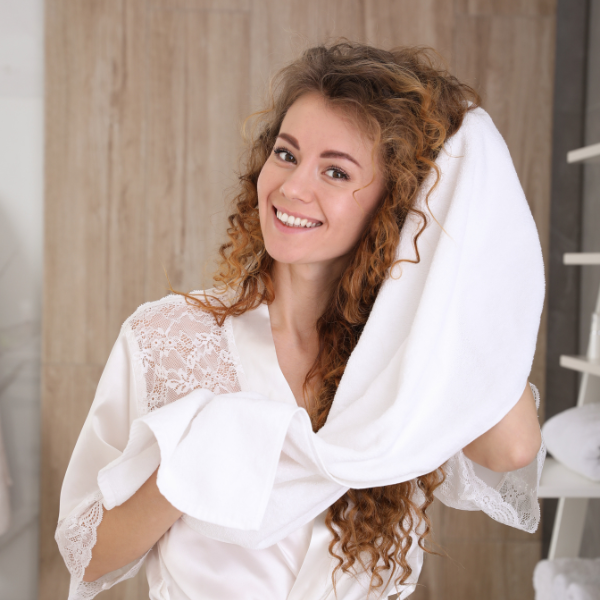
Blow Drying: Fast but Risky
Blow drying is by far the quickest way to dry your hair. It’s also the most common method because it saves time and helps with styling. But using too much heat too often can cause dryness, brittleness, and even thinning if done incorrectly.
The healthiest way to use a blow dryer is on a medium or cool setting. High heat may feel efficient, but it strips natural moisture from your hair. Keep the dryer about six inches away from your head, and don’t hold it in one place for too long. Constant movement helps distribute the air evenly without overheating any section.
Healthier Blow Drying Tips
- Always keep the dryer at least 6 inches away from hair
- Use a medium or cool setting, not the highest heat
- Move the dryer around instead of holding it in one place
- Dry the roots first, then the ends
- Stop when hair is about 80% dry, and let the rest air dry
With the right steps, blow drying can be safe for regular use.
For added protection, use a heat protectant spray before blow drying. This creates a barrier that reduces the damage caused by heat. It may seem like a small step, but over time it makes a big difference in how healthy your hair feels.
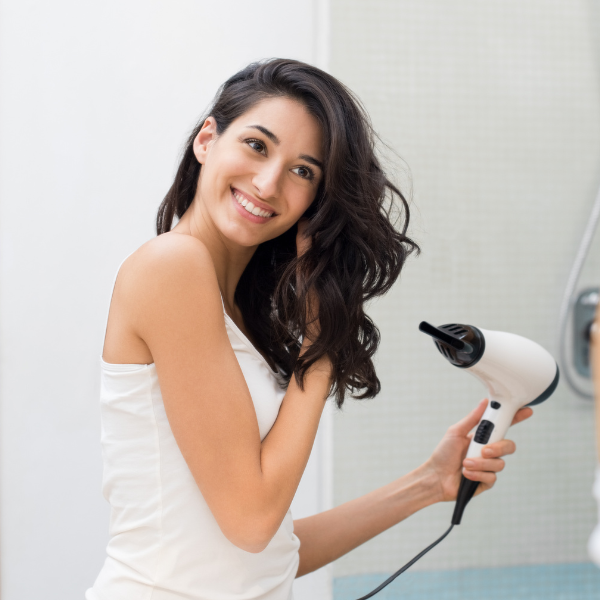
Diffuser Drying for Curly Hair
If you have curly or wavy hair, a diffuser is worth trying. This attachment fits on your blow dryer and spreads the air more evenly, which helps curls keep their shape without turning frizzy.
The trick to diffuser drying is patience. Start by applying a curl cream, mousse, or leave-in conditioner while your hair is still damp. Then set the dryer to low heat and low airflow. Place sections of your hair into the diffuser bowl and hold it gently near the scalp. Avoid constantly touching your curls while drying, as that causes frizz.
This method takes a bit longer than standard blow drying, but it enhances your curl pattern beautifully. Instead of flat or undefined curls, you get soft, bouncy spirals with less puffiness.
Heat-Free Styling While Drying
Drying your hair doesn’t have to be just about getting the water out. You can also use drying time to shape your style without heat.
One simple trick is braiding damp hair before bed. By morning, you’ll wake up with soft, natural waves. Another option is using foam rollers on slightly wet hair, which gives volume and curls without a curling iron. For those who prefer sleekness, wrapping damp hair around the head with a silk or satin scarf helps it dry smooth and shiny.
These no-heat methods are especially good if you’re trying to repair damaged hair. Instead of styling with hot tools every day, you can still enjoy fun looks while giving your strands a break.
Drying Based on Hair Type
Not all hair is the same, and neither are drying needs. Let’s break it down:
- Fine Hair: Fine strands dry quickly but can get flat if over-handled. A quick blow dry on cool air gives volume without damage. Avoid heavy towel wrapping.
- Thick Hair: Thick hair holds water longer. Use a microfiber towel to soak up extra moisture first. If needed, blow dry in sections to prevent the scalp from staying damp.
- Curly or Wavy Hair: Curls thrive with diffuser drying or air drying with curl cream. Avoid rough towels, as they cause frizz.
- Coily or Textured Hair: Use the blotting method with microfiber towels, then stretch hair in twists or braids while drying. This reduces tangles and helps maintain length.
Understanding your hair type is key to choosing the healthiest method.
Read More: Hairstyles For Work, Pixie Hairstyles For Older Women
Common Drying Mistakes to Avoid
Many hair issues come from small mistakes we don’t even notice. Here are a few to watch out for:
- Sleeping with wet hair: This can cause tangles and even scalp problems because moisture stays trapped against the pillow.
- Using maximum dryer heat daily: High heat over time can lead to breakage and dryness.
- Rubbing aggressively with a towel: This roughens the cuticle and causes frizz.
- Ignoring the scalp: A damp scalp can encourage dandruff or itchiness. Always dry the root area first.
Avoiding these habits can keep your hair healthier without much effort.
How Long Should Hair Stay Wet?
Leaving hair wet for too long isn’t healthy. Wet hair swells, which makes it more fragile. If it stays damp for hours, it can stretch, snap, or feel limp. Ideally, you should dry your hair within one to two hours after washing.
If you have very thick or long hair, try blotting first and then partially blow drying to remove extra water. This helps speed things up while still protecting your strands.
Healthy Hair Drying Habits
- Here are some small but powerful habits that make drying healthier:
- Always blot instead of rubbing
- Use a microfiber towel or cotton T-shirt
- Apply a leave-in conditioner before air drying
- Use heat protectant before blow drying
- Dry roots first, then ends
- Finish with a cool shot of air for shine
- Doing these regularly makes your hair softer, stronger, and less frizzy.
Quick FAQ
Q: Is air drying always best?
Not for everyone. If you have thick or long hair, air drying can leave your scalp damp for too long. Combining towel drying with partial blow drying is healthier.
Q: Should I use cold air from my dryer?
Yes. Cold air helps close the cuticle and gives a smoother finish. It’s a good way to end your drying routine.
Q: What’s the best towel to use?
Microfiber towels or cotton T-shirts are the gentlest. Regular bath towels are often too rough.
Drying hair is something we do all the time, yet many of us don’t realize how it affects the health of our strands. The healthiest way to dry hair depends on your type, lifestyle, and time. In general, the safest method is to gently blot with a soft towel and let hair air dry for as long as possible. If you need to use a dryer, keep it on a low setting and avoid over-drying.
Healthy drying habits may seem small, but they add up over time. Soft, shiny hair is often the result of consistent gentle care.
What’s your go-to way of drying your hair? Do you prefer air drying, towel drying, or blow drying? Share your thoughts in the comments below. And if you liked this article, save it on Pinterest or send it to a friend who’s always asking about hair care tips.

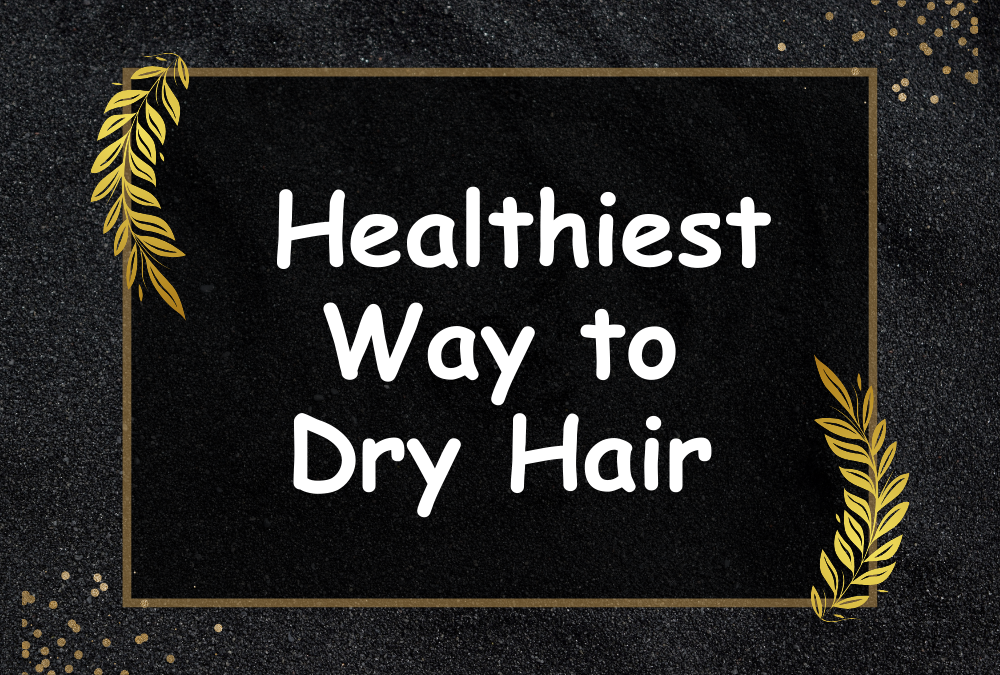
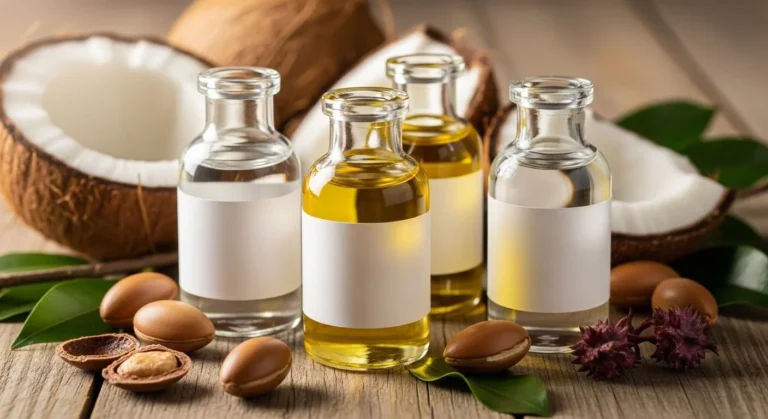
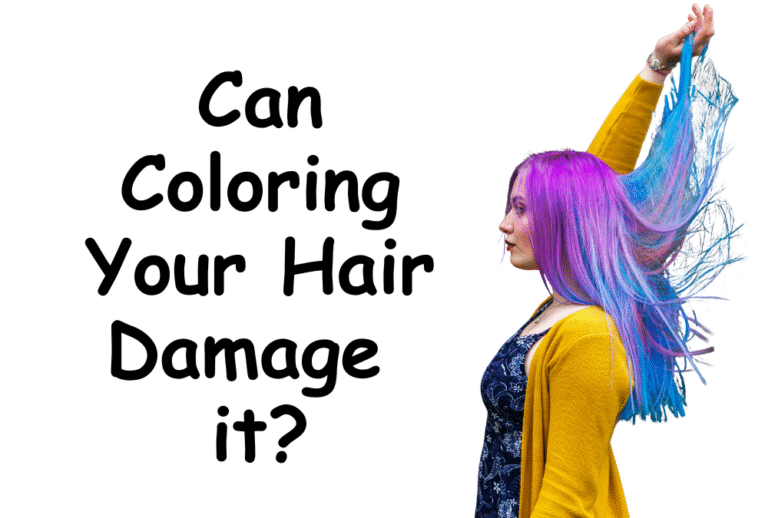
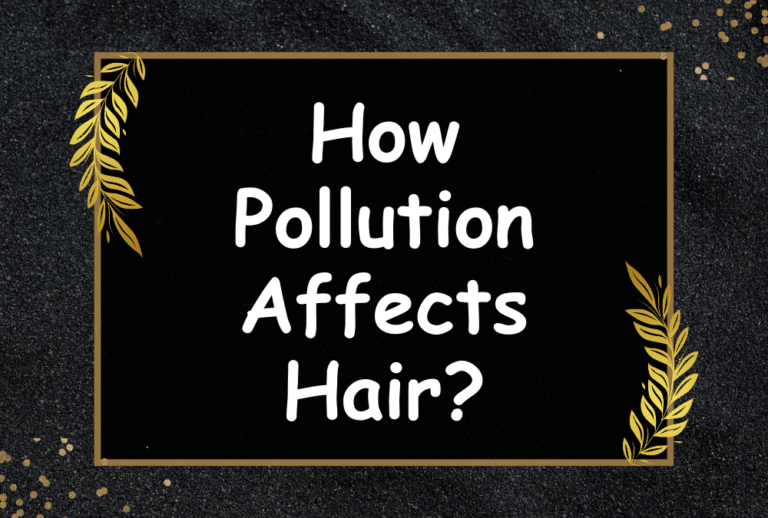
![Can Meditation Reduce Hair Fall [Complete Guide]](https://hairstylesview.com/wp-content/uploads/2025/09/Can-Meditation-Reduce-Hair-Fall-768x518.png)
